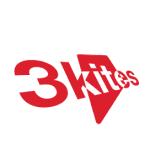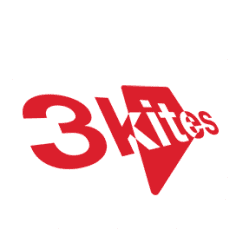“I want it all in one place” – Knowledge and the Digital Workplace advice from 3Kites
Our most recent KM Forum event discussed the challenges Knowledge Management teams face when trying to bring sources of knowledge together ‘in one place’.
In many professional services firms, there are multiple places professionals have to visit in order to find the knowledge they need for their work. These may include knowledge databases, intranets, precedent/template banks, archives of past work, external legal publishers, wikis, file shares, etc., with Knowledge Managers often spending their time playing ‘whack a mole’ to stop the proliferation of knowledge repositories, which just make the problem of people feeling overwhelmed by the digital landscape worse.
In the past, firms have used ‘know where’ pages on their intranets as the starting point to direct users to the key sources of information, even though these may be many. Nowadays, however, Microsoft is pushing Teams (and SharePoint document repositories behind Teams) as the starting point for everything. This coincides with a general trend of organisations implementing so-called digital workplace projects. These projects have at their heart the aim of enabling users to work securely from any device or location, whilst also trying to reduce friction when moving between applications and trying to replicate a consumer-grade experience in the workplace.
Digital workplace projects can range from simply implementing Microsoft 365 to further-reaching initiatives aimed at minimising context switching (by bringing things ‘all into one place’). Clearly this is harder to do when there are larger numbers of knowledge repositories which the firm wishes to connect more coherently.
The enhancements to Microsoft 365 which are coming on stream do seem to present some great opportunities for Knowledge Management, with Viva Topics being of particular interest. However, Topics is designed to work for organisations whose main content repository is SharePoint and in the legal sector, from which most of our audience was drawn, it is more often the case that firms will have a separate document management system. Bringing content from the DMS into Teams is possible, with several tools now offering a tab in Teams which provides a window into the DMS. However, the true benefits of Teams and Viva will be harder to realise where content is not SharePoint-based.
We focused on the types of tasks that lawyers need to perform, recognising that different tasks require different combinations of tools and knowledge sources. We noted the appearance of several products designed to bring knowledge sources into Microsoft Word, which is the ‘drafting cockpit’ where lawyers will be doing much of their most intensive work. Whilst these products can be very powerful, it was recognised that there is a danger that they become yet another knowledge repository which needs to be maintained and curated. They may be a great starting point for organisations at the early stages of their KM journey although there remain questions about how compatible such tools will be with Word Online. However, in firms with a mature existing KM structure they may give rise to questions as to why the content available from within the drafting cockpit is different from that available in the traditional knowledge repositories.
A number of our Forum attendees thought that lawyers had become adept at using multiple screens to enable them to access other resources when sat in the ‘drafting cockpit’ (usually Microsoft Word), providing more flexibility in how sources are brought together. We also discussed the idea of a ’floating launchpad’ which can be dragged around the user’s screen so firms don’t overburden the Word ribbon or try to mindread what lawyers in different practices may need access to.
Our Forum concluded that it was important to think carefully about the needs of users depending on the task they are performing and that the job of bringing everything together in one place can be made easier by having well thought-through classification systems which can help to unify and integrate sources effectively. There remains the perennial challenge of getting busy lawyers to adopt new systems and we discussed the important role that engaging training on KM/legal tech tools plays in the willingness of lawyers to move out of the “cockpit” to access other systems. Ultimately, firms need to do the basics really well and save lawyers time on administrative tasks before they get traction on whizzier solutions that many don’t have the capacity to access in their hectic workdays. Whatever the approach, there is still plenty of work for Knowledge Managers to do.



